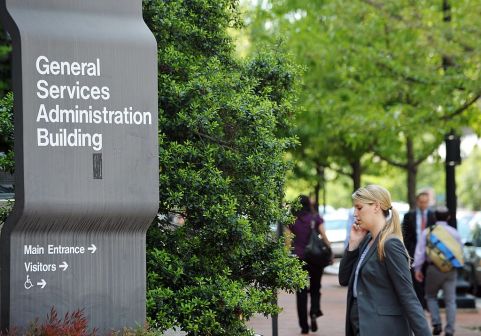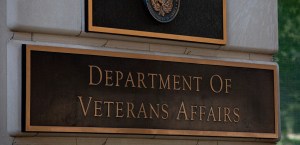What Trump’s budget blueprint says about federal IT

President Donald Trump’s initial budget proposal, while short, doesn’t leave out technology’s role in federal government operations and management.
Indeed, the document sets a goal that by 2020, government can claim federal agencies “are devoting a greater percentage of taxpayer dollars to mission achievement rather than costly, unproductive compliance activities.” Among compliance activities, the budget specifically names requirements around IT. The mention is one of several on IT’s role in the federal government.
To be sure, Trump’s blueprint, released Thursday, is only the first piece in the long road toward crafting a federal budget, providing only the White House’s opening stance on discretionary funding proposals. “The full budget that will be released later this spring will include … specific mandatory and tax proposals, as well as a full fiscal path” for fiscal 2018, the document notes. And after all of that, Congress will have a say in what budget ultimately hits Trump’s desk for his endorsement.
But the blueprint says that past management-improvement initiatives “resulted in the creation of hundreds of guidance documents aimed at improving government management by adding more requirements to information technology, human capital, acquisition, financial management and real property.”
The proposal says “these Government-wide policies often tie agencies’ hands and keep managers from making commonsense decisions.”
The document, then, calls for the Office of Management and Budget to look for areas “to reduce obsolete, low-value requirements.” Perhaps then, some of those requirements could include IT.
Other proposals for government IT
The proposal also notes several frustrations for managers in government, including “acquisition approaches that are too cumbersome, and IT that is outdated by the time it is deployed.”
The Trump administration proposes using data to find solutions, and sharing and adopting best practices from the private and public sectors.
“Among the areas that will be addressed are how agencies buy goods and services, hire talent, use their real property, pay their bills and utilize technology,” the proposal reads.
The blue print also says that Trump’s budget would:
• Provide a more than $100 million increase in funds for the U.S. Census Bureau to prepare for the 2020 census. “This additional funding prioritizes fundamental investments in information technology and field infrastructure, which would allow the bureau to more effectively administer the 2020 Decennial Census,” the report notes. New to the Government Accountability Office’s High-Risk List in 2017, the 2020 Decennial Census has lawmakers fearing the endeavor will not only be costly, like in 2010, but potentially inaccurate due to IT concerns and lack of testing.
• Include $15 million for nationwide implementation of the Department of Homeland Security’s E-Verify Program, “an internet-based system that allows businesses to determine the eligibility of their new employees to work in the United States.”
• Direct the FBI to use $35 million to better share intelligence data with its partners and “together with the Department of Defense (DOD) lead federal efforts in biometric identity resolution, research and development.”
• Invest in the Veterans Administration’s information technology “to improve the efficiency and efficacy of VA services.” The blueprint says the budget would “provide sufficient funding for sustainment, development and modernization initiatives that would improve the quality of services provided to veterans and avoid the costs of maintaining outdated, inefficient systems.”






